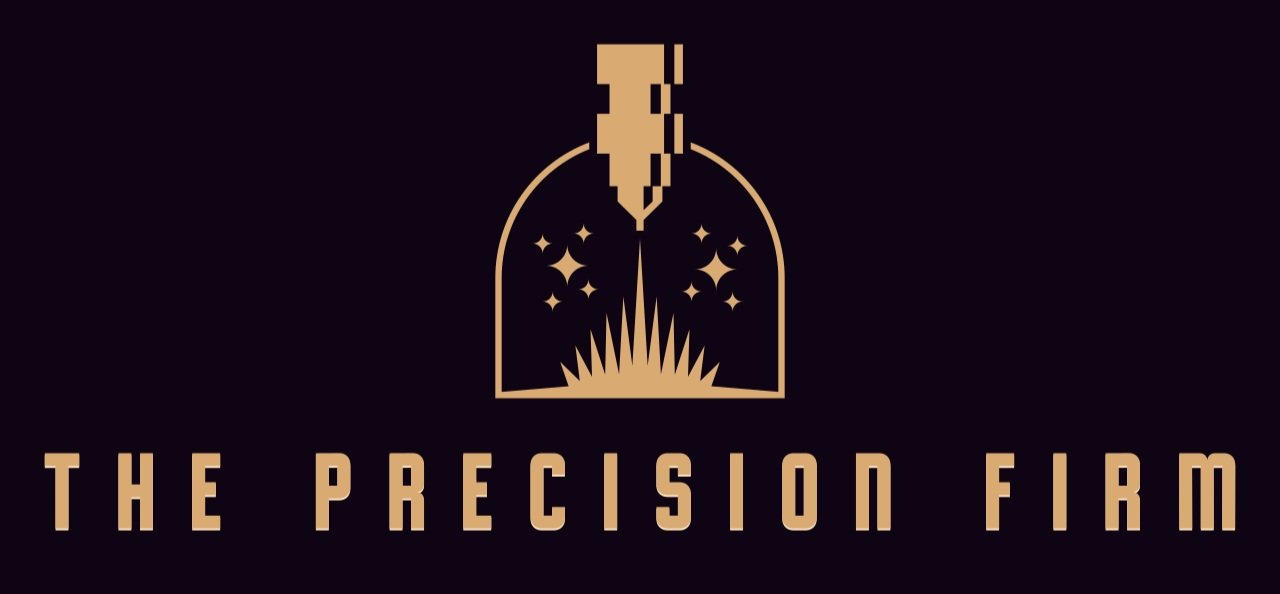How to Value a Distribution Business: Key Metrics and Industry Trends
When it comes to buying or selling a distribution business, understanding its true value is critical. Whether you're an investor, business owner, or entrepreneur, accurately valuing a distribution business requires a deep understanding of key metrics, industry trends, and market dynamics. At The Precision Firm, the #1 manufacturing, engineering, and distribution brokerage and M&A firm in the USA, we specialize in helping clients navigate the complexities of business valuation. In this blog, we’ll break down the essential factors to consider when valuing a distribution business and highlight the latest industry trends.
Why Valuing a Distribution Business Matters
Valuing a distribution business isn’t just about numbers—it’s about understanding the company’s position in the market, its growth potential, and its operational efficiency. An accurate valuation ensures that sellers receive fair market value and buyers make informed investment decisions. For distribution businesses, which often operate on thin margins, getting the valuation right is especially important.
Key Metrics to Value a Distribution Business
To determine the value of a distribution business, several financial and operational metrics come into play. Here are the most critical ones:
1. Revenue and Profit Margins
Revenue is the starting point, but profit margins tell the real story. Distribution businesses typically operate on low margins, so it’s essential to analyze gross profit margins and net profit margins. Look for consistent profitability and trends over time.
2. EBITDA (Earnings Before Interest, Taxes, Depreciation, and Amortization)
EBITDA is a key metric for valuing distribution businesses. It provides a clear picture of operational performance by excluding non-operational expenses. A higher EBITDA often translates to a higher business valuation.
3. Inventory Turnover Ratio
The inventory turnover ratio measures how efficiently a business manages its inventory. A high turnover ratio indicates strong sales and effective inventory management, which is a positive sign for potential buyers.
4. Customer Concentration
A diversified customer base reduces risk and increases business value. If a distribution business relies heavily on a few customers, it may be seen as a liability, potentially lowering its valuation.
5. Cash Flow
Positive cash flow is a strong indicator of financial health. Buyers will closely examine cash flow statements to ensure the business can sustain operations and fund growth.
6. Market Position and Competitive Advantage
A distribution business with a strong market position, unique supplier relationships, or proprietary technology will command a higher valuation. Competitive advantages like these are key drivers of long-term success.
Industry Trends Impacting Distribution Business Valuations
The distribution industry is constantly evolving, and staying ahead of trends is crucial for accurate valuations. Here are some of the latest trends shaping the industry:
1. E-Commerce and Digital Transformation
The rise of e-commerce has transformed the distribution landscape. Businesses that have embraced digital tools, such as automated inventory management and online sales platforms, are more attractive to buyers.
2. Supply Chain Resilience
Recent global disruptions have highlighted the importance of supply chain resilience. Distribution businesses with robust supply chain networks and contingency plans are valued higher in today’s market.
3. Sustainability and Green Practices
Sustainability is no longer just a buzzword—it’s a business imperative. Companies that prioritize eco-friendly practices, such as reducing waste and optimizing transportation, are more appealing to investors.
4. Automation and Technology Integration
Automation is revolutionizing the distribution industry. Businesses that leverage technology to improve efficiency, reduce costs, and enhance customer experiences are positioned for higher valuations.
5. Consolidation in the Industry
Mergers and acquisitions (M&A) are on the rise in the distribution sector. As larger companies acquire smaller players to expand their reach, understanding the M&A landscape is essential for accurate valuations.
How The Precision Firm Can Help
Valuing a distribution business requires expertise, industry knowledge, and access to the latest market data. At The Precision Firm, we specialize in manufacturing, engineering, and distribution business brokerage and M&A. Our team of experts will guide you through every step of the valuation process, ensuring you achieve the best possible outcome.
Whether you’re looking to buy, sell, or grow your distribution business, we provide tailored solutions to meet your needs. With our deep industry insights and commitment to excellence, we’ve earned our reputation as the #1 brokerage and M&A firm in the USA.
Final Thoughts
Valuing a distribution business is a complex process, but with the right metrics and industry knowledge, it becomes much more manageable. By focusing on key financial indicators, staying informed about industry trends, and partnering with experienced professionals like The Precision Firm, you can ensure a fair and accurate valuation.
Ready to take the next step? Contact us today to learn how we can help you maximize the value of your distribution business.
